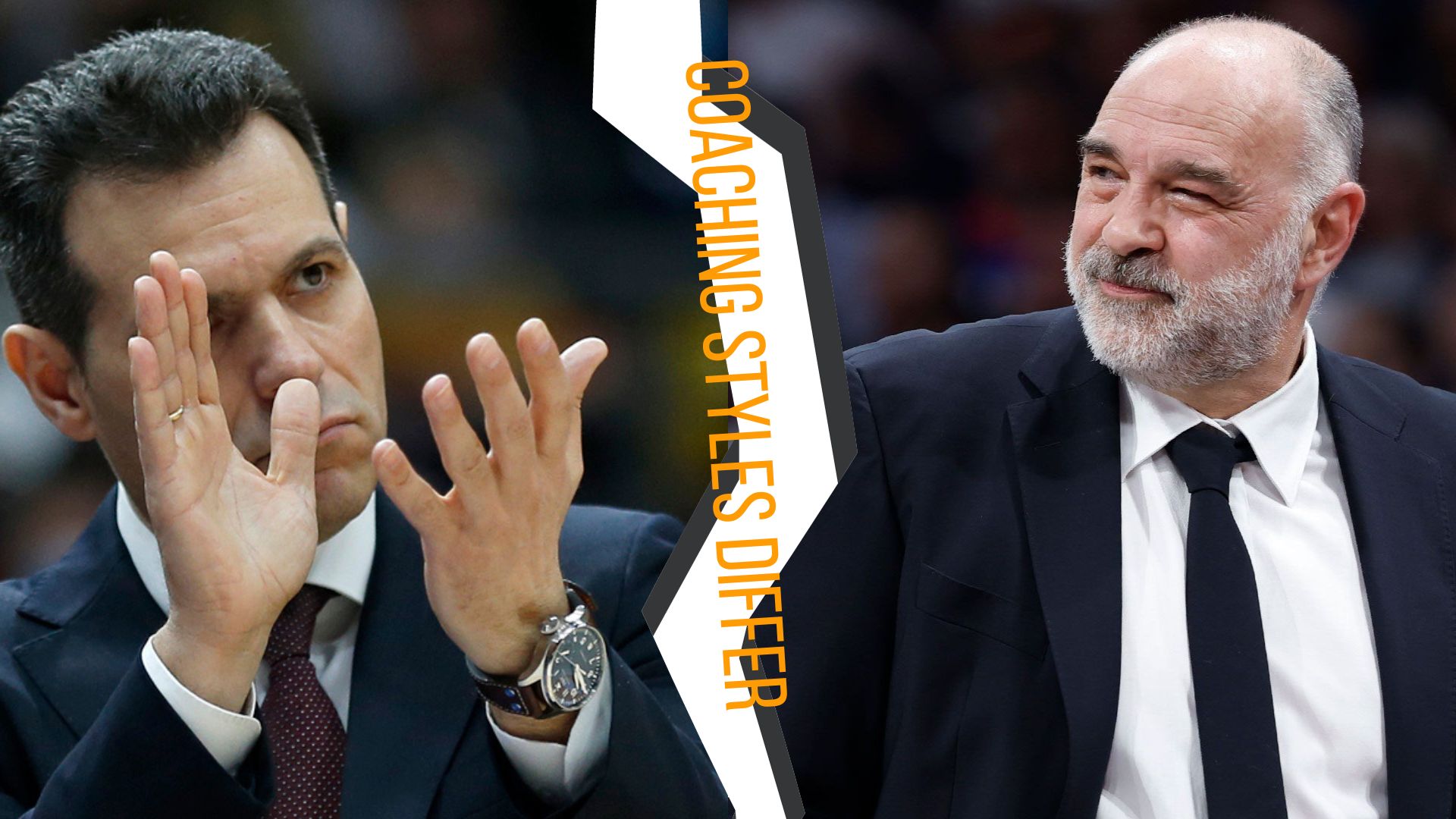
In the world of European basketball, few coaches command as much respect as Dimitris Itoudis and Pablo Laso. Both have had illustrious careers, leading their respective teams to numerous titles and accolades. However, for players who have had the unique experience of playing under both coaches, the differences in their coaching styles become starkly evident. From a coaching development specialist’s perspective I wanted to share this with you all.
Dimitris Itoudis: The Strategist
Dimitris Itoudis is renowned for his meticulous approach to the game. He is a coach who leaves no stone unturned when it comes to preparation and strategy. Players under his tutelage often speak of the comprehensive nature of his coaching, which extends beyond just the X’s and O’s. Itoudis focuses on the European game as a whole, imparting wisdom not just from himself but from the collective experience of his coaching staff and even teammates. The learning under Itoudis is described as a “constant process,” emphasizing the holistic development of a player.
Pablo Laso: The Communicator
On the other hand, Pablo Laso brings a different dynamic to the table. Known for his open lines of communication, Laso is the kind of coach who prefers to guide his players through their mistakes rather than chastise them. He is more interactive during practices and games, often engaging in dialogue to ensure that the player understands the rationale behind certain plays or decisions. This approach fosters a sense of freedom among players, allowing them to take calculated risks like 3-point shots in transition. Laso even designs plays specifically tailored to individual player strengths, enhancing their confidence and role within the team.
The Contrast
The most striking difference between the two coaching styles lies in their communication methods. While Itoudis leans more towards a comprehensive understanding of the European game, Laso focuses on immediate player-coach interaction. For a player, this translates into two distinct experiences: under Itoudis, one feels like a student of the game, constantly absorbing new information and strategies. Under Laso, the player feels more like a collaborator, directly involved in the decision-making process and execution of plays.
Closing Remarks
Both coaching styles have their merits and can be effective depending on the composition and needs of the team. However, for players who has experienced both, the choice between the two could come down to personal preference: the structured, educational environment of Itoudis or the open, communicative atmosphere fostered by Laso. Either way, the opportunity to play under these two coaching giants is an invaluable experience, offering unique perspectives that contribute to a player’s growth both on and off the court.



